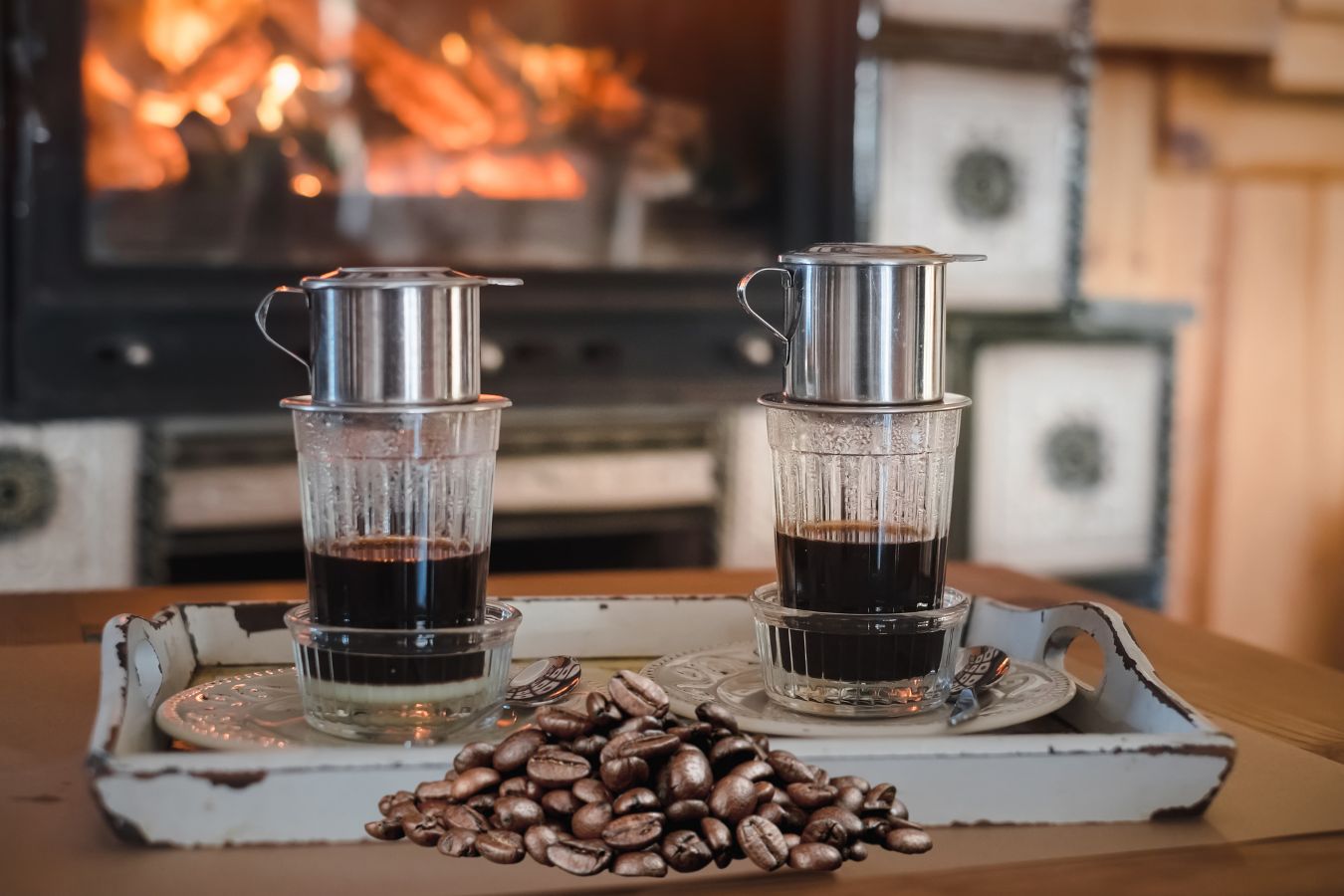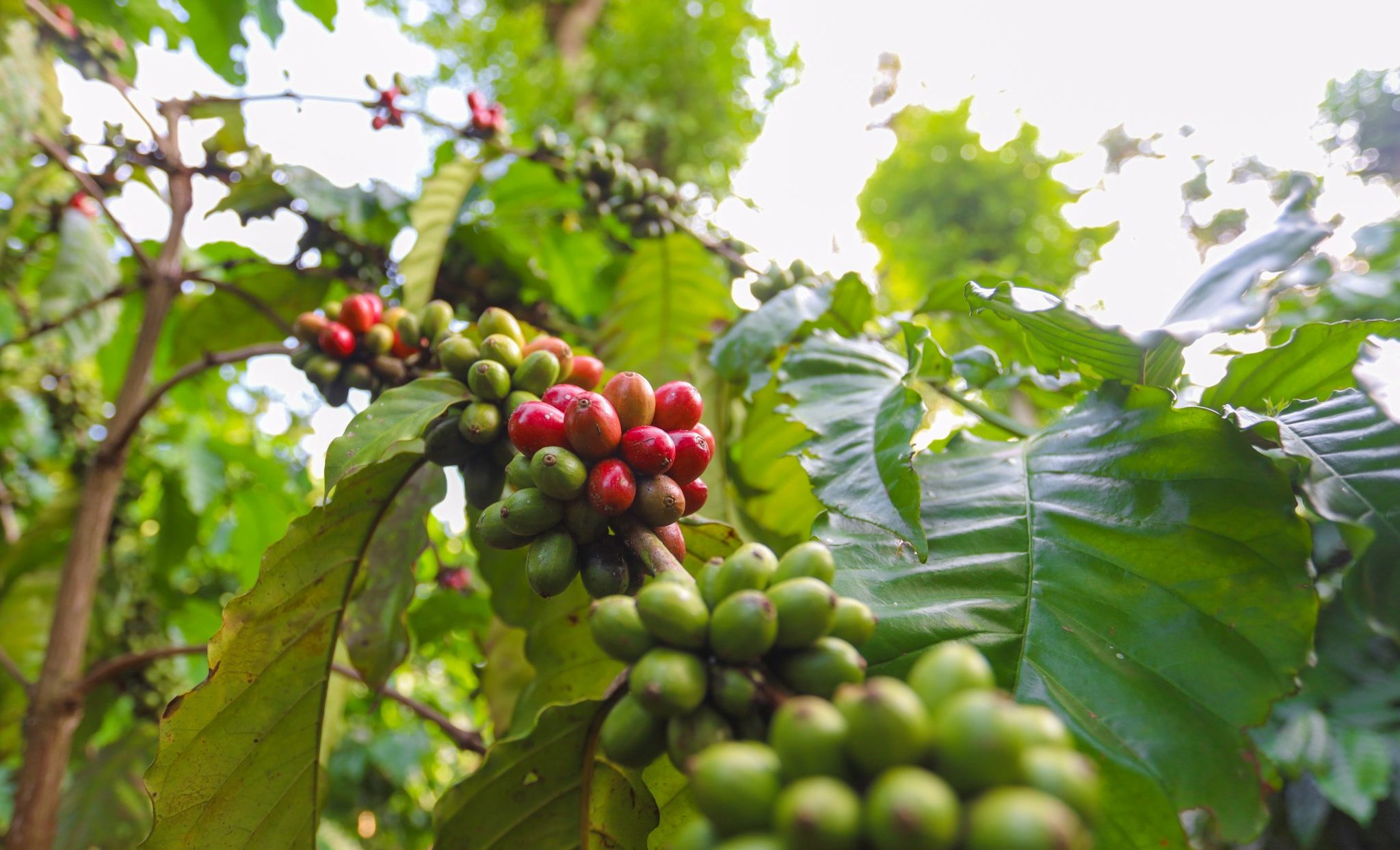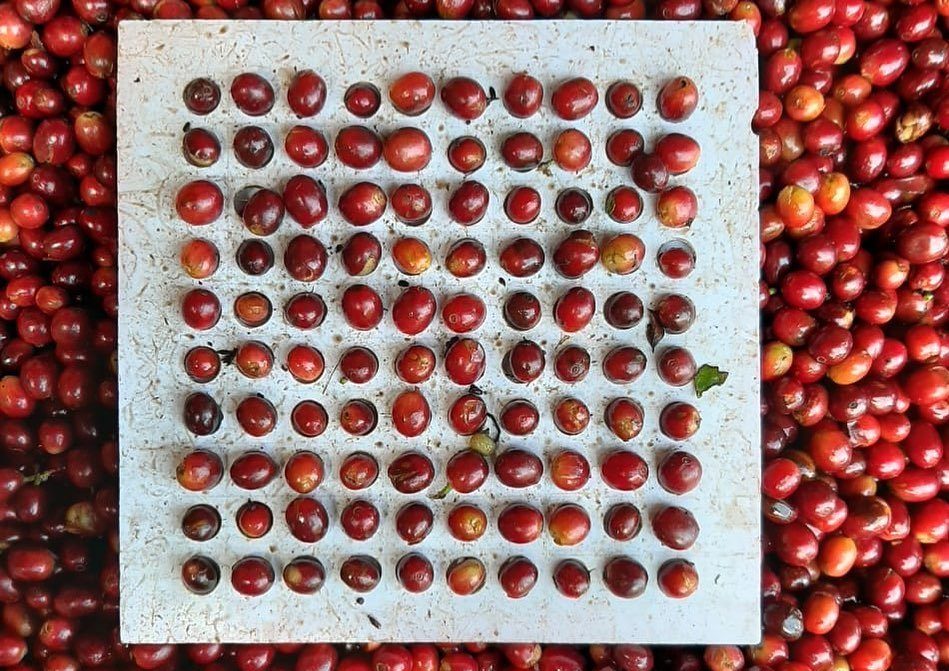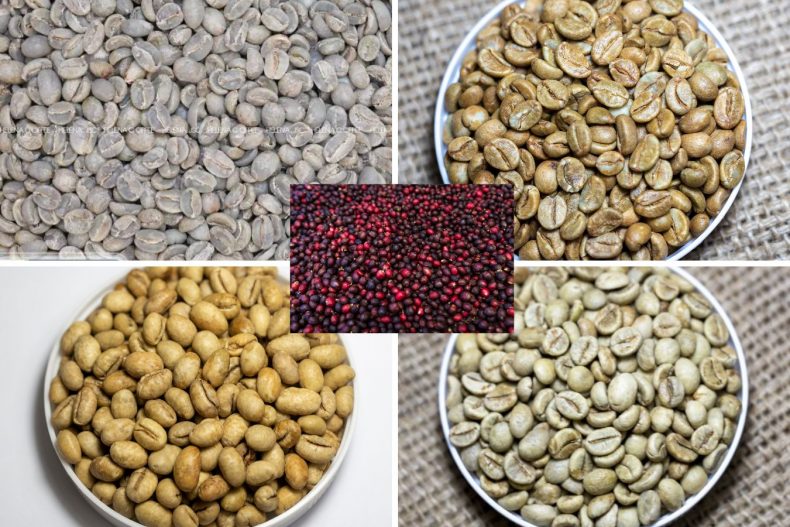
Do you know what year the coffee tree was discovered and which country was the first to find the coffee tree? The chemical composition of coffee? Types of coffee – classification of coffee – how many types of coffee. This is the question of many people who are learning about coffee. Let’s see the history of the formation and development of the coffee tree (origin).
Origin of the coffee tree
The stories about coffee are many, true or false, and few people can verify them. Sometimes they exaggerate for it to be thrilling, as interesting as the aftertaste left when the coffee drops melt into each sensory cell!
This is the most logical one of all the stories I’ve heard. It is the story of Abyssinian goat herder Kaldi with his goats. The story goes that his goats ate a strange red fruit and then had weird expressions.
Kaldi discovered that he ventured to try it and found himself in a good mood. He suspected that he had encountered a miracle, so he immediately informed the rector at a nearby monastery.
The other monk was afraid that this was a forbidden fruit of the devil, so he immediately threw it into the furnace. However, when the other fruits were scorched, giving off a fragrant aroma, at this point, the monk believed that it was a gift from God, so he quickly called on other monks to help. They roasted, pounded, and mixed into drinking water for everyone to enjoy.

It is a legend, and archaeological sites and human records remain today. It is known that Kaffa (present-day Ethiopia) is the origin of coffee. From the 9th century, there were records here, to the XIV century. Slave traders brought coffee from Ethiopia to Arabia.
But it was not until the 15th century that people knew how to roast coffee and use it as a drink. Coffee has become a traditional drink of the Arabs and is the exclusive coffee-growing place. The coffee trading center is the port city of Mocha, also known as Mokka, i.e., the town of Al Mukha in Yemen.
Where Are Vietnamese Coffee Beans Come From?
The first coffee plantation established in Vietnam was started by the French near Ke So, Tonkin in 1857. Arabica coffee was grown on the riverside.
After coffee cultivation spread to Phu Ly, Ninh Binh, Thanh Hoa, Nghe An, Kon Tum, and Di Linh areas In 1937-1938, there was a total of 13,000 hectares of coffee in Vietnam, supplying 1,500 tons. [11] Currently, Vietnam has 3 main types of coffee, namely Arabica coffee ( arabica ), Robusta coffee, and jackfruit coffee.
Over 400 years of formation and development, becoming a staple and a popular beverage is an exciting operator. In Vietnam, the coffee tree was introduced and seeded by the French in the 19th century. The first coffee plant grown in our country was the tea tree, also known as the Arabica coffee tree.

Vietnamese coffee currently has three most popular varieties:
- Arabica coffee: accounts for about 10% of the total coffee production in the country. Arabica is suitable for temperate climates with temperatures ranging from 20-25 degrees Celsius and grows well in high mountainous areas. Arabica coffee is mainly distributed in the two provinces of Dak Lak and Lam Dong (the central highlands region of Vietnam), where the mountainous terrain is 500-700m high, and the weather is remarkable and pleasant.
- Robusta coffee beans: the robusta beans are grown most popular in Vietnam. The robusta species is distributed mainly in the Central Highlands, where the average temperature is in the range of 25-30 degrees Celsius, and the annual average rainfall is significant enough for the plant to grow, flower, and produce results.
- Cherry Coffee bean: Only accounts for about 1% of the total annual coffee Vietnamese coffee production, but Cherry still contributes a unique flavor to the list of Vietnamese premium coffees. Cherry coffee is distributed mainly in mountainous provinces such as Gia Lai, Kon Tum, and Nghe An and has a low yield.
Vietnamese coffee bean’s current market
The cultivation and planting of coffee beans from Vietnam are widespread throughout Vietnam, primarily in the northern provinces of Thanh Hoa, Nghe An, and Ninh Binh, which are part of the Central Highlands… Our nation produces three different types of coffee: Arabica, Robusta beans, and Jackfruit coffee, depending on the soil and climate conditions.
Vietnamese coffee has had numerous notable successes over the course of its long history of origin and extensive research and testing. Following Brazil, Vietnam is currently the second-largest producers and exporter of coffee worldwide.
It may be argued that coffee has spread around the world and has become a staple crop for many nations, including Vietnam.
Additionally, coffee is an aspect of culture that affects people’s life. In our nation, coffee has long been a favorite beverage. Coffee shops are widely available everywhere, from the North to the South.
Vietnamese people’s relationship with Vietnamese coffee beans
Every Vietnamese is now accustomed to the robust coffee flavor. Regardless of the time, we can readily visualize a person drinking coffee in the morning, afternoon, or late. Coffee has more purposes than merely keeping individuals awake, aware, and focused. Vietnamese culture and lifestyle are profoundly ingrained in coffee. The culture and manner of drinking coffee reflect the sophistication of coffee.
The history of coffee claims that only officers, nobles, or urban intellectuals were permitted to drink it at first. All social classes eventually began to consume and enjoy this beverage.
A shift in accordance with the times also affects how coffee is processed. Time is becoming more and more scarce, life is hectic, and coffee consumption has altered. Today, we have instant coffee, which is much more practical and quicker than drinking filter coffee while sitting down.
The taste of coffee
The taste of pure coffee will make you like it from the first taste. You will remember this unique flavor. Plus, the sweet scent will give you a feeling of comfort and ease. Therefore, the taste of pure coffee is easy to enter into people’s hearts.
Some types of pure coffee you should try are as follows:
- Moka Coffee: When you drink it, you will find it sour, so use it in a specific ratio to have a delicious product. At the same time, it has a mildly bitter taste and seductive aroma of passion. The scent is twice that of Arabica beans.
- Robusta Coffee: You will feel the bitter taste and mild aroma when you drink it. The coffee has a brown color: no sour taste, and moderate caffeine content.
- Culi coffee: Has a bitter taste but vibrant aroma. Coffee has twice the caffeine content. It should produce a rich black coffee essence.
- Arabica Coffee: When brewing coffee, it will give the water a light brown to slightly bitter color, especially with a very attractive sour and sweet taste. It has a mildly bitter taste and seductive aroma.
Buy delicious, pure coffee?
Coffee has a long history and a delightful, alluring, and distinctive aroma. So it seems sensible that many individuals consider coffee to be their favorite beverage.
There are a lot of coffee places available, but where should we go if we want great, unadulterated coffee? In the meanwhile, blended coffee of poor quality and low cost is commonly available.
If you’re still unsure, have a look at the coffee from HELENA COFFEE. We are dedicated to providing our customers with coffee beans that have been grown and tested in accordance with rigorous guidelines and worldwide standards for clean coffee.
The information mentioned above provides an overview of Vietnamese coffee’ beans. Hopefully, this post will give you further insight into this well-known product. I hope you have some wonderful coffee!
